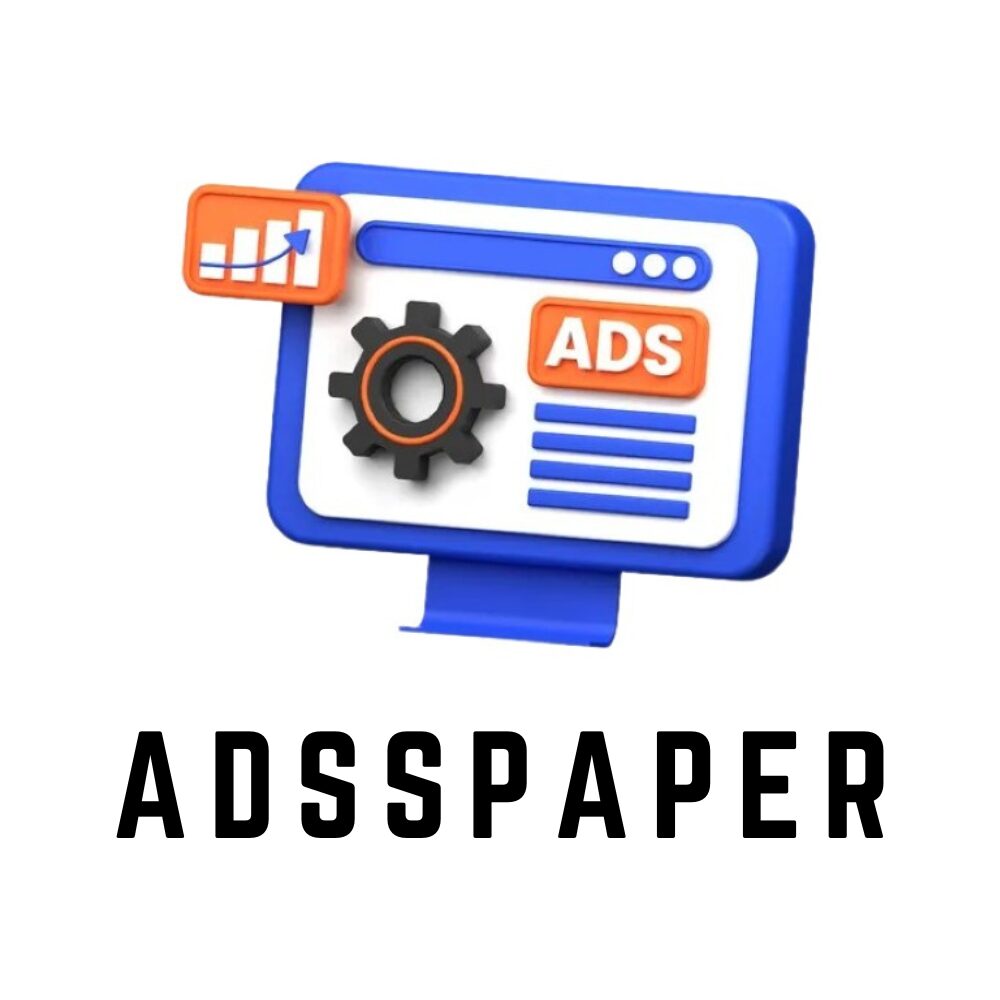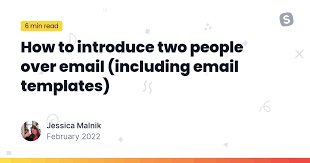5 Tips for Introducing Two Parties Over Email Seamlessly and Professionally
Introducing two parties over email is an essential aspect of communication in today’s digital age. Whether you’re connecting clients with colleagues or business partners with investors, an email introduction can set the tone for a successful collaboration. However, crafting and sending a professional email introduction that is clear, concise, and leaves an excellent impression is not always easy. In this article, we’ll discuss five tips for introducing two parties over email seamlessly and professionally.
1. Understand the Purpose
The purpose of an email introduction is to connect two parties who may benefit from knowing each other. Before crafting the introduction email, you need to be clear about the reason for the introduction. Are you introducing the parties for a potential job opportunity, a business partnership, or a professional collaboration? Understanding the purpose of the introduction will enable you to personalize the email and make it more relevant.
For instance, if you’re introducing two parties for a job opportunity, provide an overview of the job position. If it’s for a business collaboration, highlight how the two parties can benefit from working together. By including context in your email introduction, both parties can grasp the objectives of the connection.
2. Be Clear and Concise
When introducing two parties over email, you want to be clear and concise. Avoid lengthy paragraphs and stick to the facts. People have limited attention spans, and your email should be easy to read and straightforward.
Start your email with a clear subject line that catches the interest of your readers. For example, if you’re introducing two software developers, your subject line could be, “Connecting Two Software Developers for a Potential Partnership.”
Also, be sure to include all relevant information in the email body, such as name, job title, company, and a brief background summary of each party. Keep in mind that your email should be easy for both parties to understand.
3. Customize Your Email
Making your email introduction personalized can help you establish credibility and build strong connections. Start by addressing each party by their first name rather than using a generic salutation. People appreciate it when you take the time to personalize your email.
Next, you can personalize your introduction by highlighting a specific characteristic or project that each party is working on. This technical detail can help both parties connect better over their professional interests. Personalized details make your email more engaging, and they also show that you have taken the time to research both parties.
4. Proofread Your Email
After crafting your email introduction, make sure to proofread it for any errors. Typos, grammatical errors, and spelling mistakes can significantly harm the impression you leave on both parties. Review your email to ensure it flows smoothly and cohesively.
Also, take the time to ensure that the information you provided is correct. For example, make sure you’re providing accurate contact details for each party. Triple-checking your email can save you from potential misunderstandings and mistakes in the future.
5. Follow Up
Effective communication involves following up after your initial contact. After introducing two parties via email, it’s always a good idea to follow up with both parties to ensure that the connection was fruitful. By following up, you can show that you care about your connections, and you’re willing to engage with them for future opportunities.
You can follow up by sending a friendly email that inquires if the parties connected and if they require any further assistance from you. Include your contact information in the email, so they can quickly get in touch with you. This simple gesture can encourage further communication between the parties and also show them that you value their relationship.
Conclusion
In conclusion, introducing two parties over email requires careful planning and execution. By understanding the purpose of your introduction, being clear and concise, customizing your email, proofreading it, and following up, you can ensure that you make a positive impression on both parties. Remember, your email introduction is the first step towards building a professional relationship, so give it the attention it deserves.
FAQs
1. Should I introduce the two parties without getting their permission?
No, it’s always a good idea to ask both parties if they’re okay with the introduction before sending the email. You can reach out separately to each party to inquire if they are interested in being connected and if they’re willing to receive an email introduction.
2. How long should my email introduction be?
Your email introduction should be clear and concise, ranging anywhere from 150-300 words. Avoid lengthy paragraphs and stick to the key details.
3. Should I introduce myself in the email introduction?
Yes, it’s essential to introduce yourself in the email introduction. Include your name, job title, and company. A brief summary of your background can also help establish credibility.
4. How long should I wait before sending a follow-up email?
Give the two parties at least a week to connect before sending a follow-up email. You can then inquire if they have made progress and if they require any further assistance.
5. Can I add a third party to the email introduction?
Adding a third party to the email introduction can be overwhelming and confusing. It’s best to introduce two parties at a time and follow up with an additional email if a third party is necessary.


